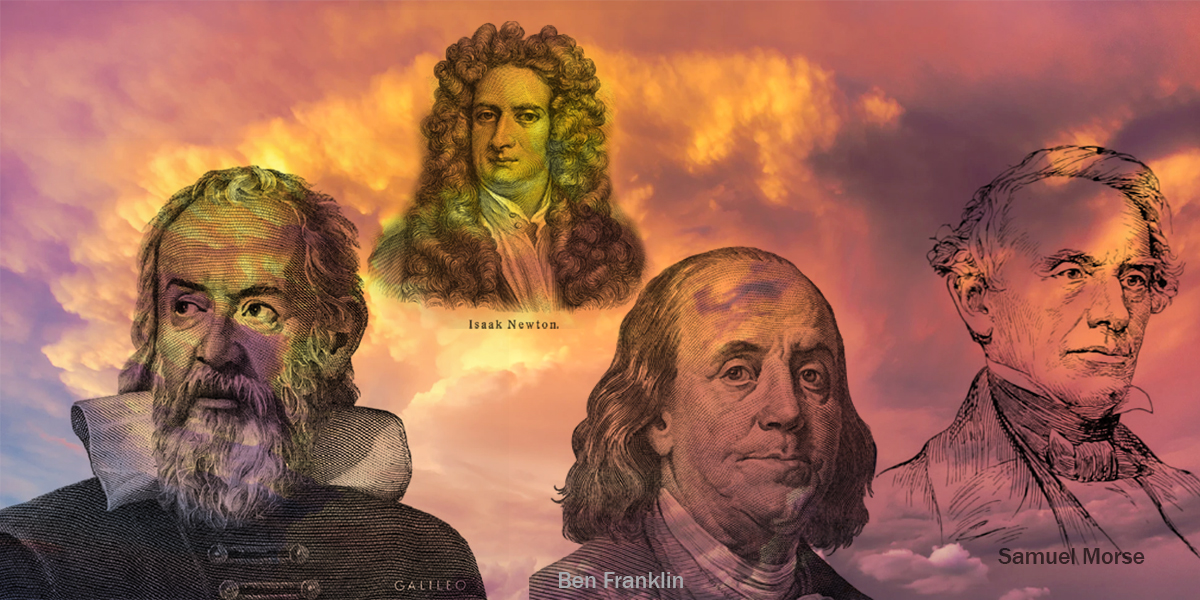Tracking the science of weather – from Galileo to Morse

 With Father’s Day approaching, it seems like an appropriate time to describe some of the early “fathers” of meteorology.
With Father’s Day approaching, it seems like an appropriate time to describe some of the early “fathers” of meteorology.
The scientific approach to atmospheric physics, or meteorology, began in the 17th century with the development of instruments capable of measuring atmospheric properties. Galileo’s invention of the thermometer inaugurated this era.
Later that century, meteorological knowledge increased with Evangelista Torricelli’s invention of the barometer. Blaise Pascal made a pivotal contribution to the science of meteorology when he carried a barometer up and down several flights of stairs to show that atmospheric pressure was linked to altitude.
In the late 17th and early 18th centuries, a group of scientists associated with England’s Royal Society used deductive reasoning to analyze measured data and develop the physical laws and mathematical equations that govern atmospheric motions.
Sir Isaac Newton is the most famous scientist of this era. Newton’s concept of gravity as a force and his mathematical description of the laws of motion opened the door to the study of weather.
Other Royal Society members of this era whose works benefited the science of meteorology include Robert Boyle and Robert Hooke.
Boyle’s gas law quantified the relationship between gas pressure, temperature and volume. Based on his work, scientists developed equations to calculate wind flow.
Hooke cleverly combined barometric pressure readings with weather observations. He deduced that days of high surface pressure were typically nicer than low pressure events.
American fathers of meteorology
Fast-forward to the late 18th century in America and we find that two of our founding fathers can also be considered fathers of meteorology: Ben Franklin and Thomas Jefferson.
Franklin’s most famous foray into meteorology was his lightning experiment. However, he was also an ardent weather observer. Noting that North American storms tend to move west to east, he predicted that with the proper observations a storm’s course could be plotted.
Jefferson also realized the value of recorded weather observations. His daily weather log, which spanned 1776-1818, included reports of temperature, wind and rainfall. As a legislator, Jefferson established a network of observers in every county of Virginia.
In the early 19th century, meteorologists understood the value of combining weather observations with forecasting, but a major hurdle needed resolution. There was no quick way to transfer data from one location to another. In other words, bad weather would arrive before any data that might be used to forecast the event.
That all changed with Samuel Morse’s invention of the telegraph in the mid-19th century. Combined with the data coding method he devised, it became possible to instantaneously send weather information from one station to another, or to a central receiving station.
Telegraphed weather data delivered to government agencies made it possible to draw weather maps. Soon after, weather forecasts were being issued to the public.
These are a few of the early fathers of the science of meteorology who laid the foundation for the weather observation networks and forecast models used today.

Woody Whitlatch
Woody Whitlatch is a meteorologist retired from PG&E. Email your questions or comments to
clayton_909@yahoo.com
